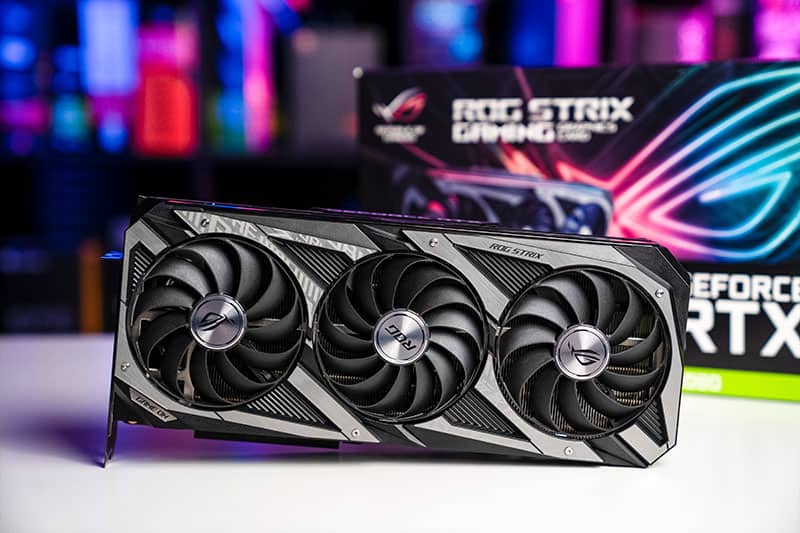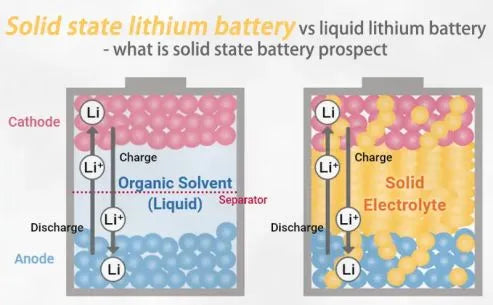Are High GPU Prices Here To Stay?

Table of Contents
The Lingering Impact of the Cryptocurrency Boom
The cryptocurrency boom, particularly the popularity of Ethereum mining, significantly impacted the GPU market. High-performance GPUs, with their powerful processing capabilities, proved ideal for mining Ethereum, leading to unprecedented demand. This surge in demand far outstripped supply, creating a GPU shortage and driving prices sky-high. While Ethereum's transition to a proof-of-stake model significantly reduced its reliance on GPU mining, the impact lingers.
- Ethereum's Mining Algorithm: The previous energy-intensive proof-of-work algorithm made GPUs crucial for mining, creating a massive demand.
- Proof-of-Stake Transition: Although this shift reduced demand for GPUs in Ethereum mining, it didn't eliminate it entirely. Other cryptocurrencies still utilize proof-of-work, maintaining some demand.
- Continued Use in Other Cryptocurrencies: Many other cryptocurrencies continue to rely on GPU mining, keeping the pressure on supply.
- Rise of ASIC Miners: While ASIC miners (Application-Specific Integrated Circuits) are now dominant in Bitcoin mining, their impact on the GPU market is indirect; they diverted manufacturing resources and expertise, further impacting GPU availability.
Global Chip Shortages and Supply Chain Issues
The global semiconductor shortage, exacerbated by the pandemic, significantly impacted GPU availability. Factory closures, transportation delays, and raw material scarcity created massive bottlenecks in the supply chain. This disruption continues to plague the industry, restricting the production and distribution of GPUs.
- Pandemic Impact: Lockdowns and disruptions to global trade heavily affected manufacturing and logistics.
- Geopolitical Factors: Trade tensions and geopolitical instability further complicated the already fragile supply chain.
- Manufacturing Capacity Challenges: Increasing manufacturing capacity for advanced GPUs is a complex and time-consuming process, requiring significant investment and technological advancements.
- Natural Disasters: Natural disasters, such as earthquakes and floods, have further disrupted supply chains, impacting the availability of essential components.
Increased Demand from Gamers and Professionals
The demand for high-performance GPUs is not solely driven by cryptocurrency mining. The gaming industry continues its relentless growth, with gamers constantly seeking the latest and most powerful GPUs to enhance their gaming experience. Simultaneously, professionals in fields like AI, machine learning, and scientific computing require powerful GPUs for their demanding applications. This dual demand further exacerbates the existing supply constraints.
- Gaming Market Growth: The ever-expanding gaming market pushes demand for higher-performance gaming GPUs.
- Professional GPU Applications: The use of GPUs in AI, data science, and scientific computing is rapidly expanding, demanding high-end GPUs.
- New GPU Development: The continuous development of more powerful GPUs, while exciting for users, also drives up the cost of manufacturing and, consequently, the price for consumers.
- Manufacturer Competition: While competition between GPU manufacturers exists, it hasn't yet translated to significantly lower prices due to the persistent supply-demand imbalance.
The Role of Inflation and Economic Factors
Global inflation and economic downturns play a significant role in GPU pricing. Rising costs for raw materials, manufacturing, and transportation directly impact the final price of GPUs. Economic uncertainties further complicate the situation, making accurate price predictions challenging. GPU pricing strategies reflect these increased manufacturing and component costs.
Predicting Future GPU Prices: A Look Ahead
Predicting future GPU prices is inherently difficult, given the multitude of interacting factors. However, several trends may provide some insight.
- Increased Manufacturing Capacity: Increased manufacturing capacity, if achieved, could eventually alleviate supply constraints and lower prices.
- Decreased Demand: A potential market saturation or an economic slowdown could lead to decreased demand, potentially easing pricing pressures.
- Technological Breakthroughs: Technological innovations could disrupt the market, potentially leading to more efficient and affordable GPUs.
Conclusion
High GPU prices are a complex issue stemming from a confluence of factors: the lingering effects of the cryptocurrency boom, persistent global chip shortages, ever-increasing demand from gamers and professionals, and the effects of inflation. Predicting the future is challenging, but understanding these dynamics is crucial. Stay informed about GPU market trends, consider alternatives like used GPUs or cloud computing solutions, and continue to follow updates on high GPU prices and the evolving market. Making informed purchasing decisions requires a thorough understanding of the ongoing evolution of the GPU market and its complex interplay of supply and demand.

Featured Posts
-
 Nascar Jack Link 500 Props And Best Bets Talladega Superspeedway 2025 Predictions
Apr 28, 2025
Nascar Jack Link 500 Props And Best Bets Talladega Superspeedway 2025 Predictions
Apr 28, 2025 -
 Kuxius Solid State Power Bank Higher Cost Longer Life
Apr 28, 2025
Kuxius Solid State Power Bank Higher Cost Longer Life
Apr 28, 2025 -
 New York Mets Roster Moves Nez Optioned Megill Returns
Apr 28, 2025
New York Mets Roster Moves Nez Optioned Megill Returns
Apr 28, 2025 -
 Trumps Time Interview Analysis Of Key Statements On Canada China And The Presidency
Apr 28, 2025
Trumps Time Interview Analysis Of Key Statements On Canada China And The Presidency
Apr 28, 2025 -
 Michael Jordans Support For Denny Hamlin You Boo Him That Makes Him Better
Apr 28, 2025
Michael Jordans Support For Denny Hamlin You Boo Him That Makes Him Better
Apr 28, 2025
Latest Posts
-
 Chantal Ladesou Et Ines Reg Le Clash Continue C Est Une Bagarreuse
May 12, 2025
Chantal Ladesou Et Ines Reg Le Clash Continue C Est Une Bagarreuse
May 12, 2025 -
 Le Refuge Parisien De Chantal Ladesou Et Sa Belle Fille
May 12, 2025
Le Refuge Parisien De Chantal Ladesou Et Sa Belle Fille
May 12, 2025 -
 La Nouvelle Attaque De Chantal Ladesou Contre Ines Reg Fait Scandale
May 12, 2025
La Nouvelle Attaque De Chantal Ladesou Contre Ines Reg Fait Scandale
May 12, 2025 -
 Une Matinee Exceptionnelle A La Vente Des Vins De Nuits Saint Georges Avec Candeloro Et Ladesou
May 12, 2025
Une Matinee Exceptionnelle A La Vente Des Vins De Nuits Saint Georges Avec Candeloro Et Ladesou
May 12, 2025 -
 Chantal Ladesou Et Sa Famille Des Moments Precieux Hors De Paris
May 12, 2025
Chantal Ladesou Et Sa Famille Des Moments Precieux Hors De Paris
May 12, 2025
